Ever wondered how to cut tomatoes without ending up with mushy pieces and slippery messes? From slicing tomatoes for sandwiches to dicing them for salads or soups, each method needs a slightly different approach. This article will walk you through how to slice tomatoes, how to dice tomatoes for salad, and more — all in a beginner-friendly way. No chef skills needed, just a few smart tips and the right kitchen knife.
How to Slice Tomatoes
One of the most common mistakes when learning how to slice tomatoes is applying too much pressure. Tomatoes have a tough outer skin but soft, watery flesh, so using a dull blade or chopping straight down often results in a squashed mess. Instead, slice tomatoes well by using a long, razor-sharp chef’s knife and a smooth, forward gliding motion.
For clean, even slices, position the tomato sideways and make your first cut just below the stem. Keep your guiding hand curled to avoid injury and let the knife do the work. Glide through the tomato in a sweeping, draw-cut motion—think of pulling the knife slightly toward you as it moves down. This ensures you slice tomatoes evenly without crushing them.
Want thin slices for bruschetta or thick ones for burgers? The same technique applies—only the spacing changes. Precision slicing not only improves presentation, but also enhances the texture and mouthfeel of your final dish. Once you master the slicing motion, you’ll never go back to hacking at your tomatoes again.
How to Dice Tomatoes
One of the biggest mistakes when learning how to dice tomatoes is applying too much pressure. Tomatoes have a tender, juicy interior but a relatively firm skin, so using a dull knife or chopping down hard often crushes the fruit and creates a messy pile. To dice tomatoes well, use a sharp chef’s knife and employ a smooth, controlled slicing motion.
Start by trimming the top and bottom of the tomato to create stable, flat surfaces. If you want firmer cubes, gently remove some seeds and excess juice before you begin. Place the tomato upright, slice it horizontally into uniform rounds about half an inch thick, then carefully stack and cut those rounds into thin strips. Finally, rotate the strips and slice across them with the same steady motion to create even, small cubes.
Keep your fingers curled on the hand holding the tomato to maintain safety and precision. By letting the blade glide through rather than forcing it down, you’ll dice tomatoes evenly without crushing them. This technique is perfect for making fresh salsa, salads, or sauces that require neat, consistent tomato pieces.
How to Mince Tomatoes
Minced tomatoes are ideal for sauces, dips, or soups where you want tomato flavor without noticeable chunks. But mincing tomatoes well requires more than just random chopping—it takes technique and the right knife. Start with a ripe yet firm tomato. Remove the stem and slice the tomato in half horizontally. Gently scoop out the seeds and watery pulp if a thicker consistency is preferred.
Lay the tomato halves flat on the cutting board. Using a sharp chef’s knife, slice the tomato into very thin strips, then rotate and chop across those strips into tiny bits. To mince tomatoes evenly, keep your knife tip on the board and use a rocking motion, moving the heel of the knife up and down while your other hand holds the handle steady. Go over the pile a few times until the pieces are finely minced. This method gives you a consistent texture—perfect for homemade pasta sauce, salsa, or cooked dishes that need a smooth tomato base.
FAQ:
Q: What knife is best to cut tomatoes cleanly and evenly?
A: A sharp chef’s knife or a serrated tomato knife is ideal. These blades slice through the tough skin and soft flesh smoothly, helping you cut tomatoes evenly without squashing or juice loss.
Q: Why does my tomato get crushed when I slice it?
A: It’s usually because the knife is too dull or too much pressure is applied. To slice tomatoes without crushing them, use a sharp blade and a gentle slicing motion instead of pressing down hard. Make sure the blade is at a 90-degree angle to the table each time you cut. .
Q: How do chefs cut tomatoes without squashing them?
A: Chefs use sharp knives, proper grip, and smooth slicing techniques. They avoid pressing down and instead glide the blade forward to achieve even, clean cuts without damaging the tomato.
Q: Is a serrated knife better for cutting soft tomatoes?
A: Yes, serrated knives grip and pierce tomato skin more easily, especially on softer tomatoes. They require less pressure, helping you slice tomatoes without crushing the flesh or losing shape.
Q: How to cut ripe tomatoes without making a mess?
A: Chill the tomato briefly before cutting, use a sharp knife, and slice slowly with a forward motion. This helps maintain the structure and reduces juice spillage from overripe tomatoes.
Still Not Cut Well?
Struggling to get a clean slice even after adjusting your technique? The issue might not be your skills—it’s likely your knife. Even the best chef’s knife can become dull over time, especially if you use it daily. That’s why knowing how to choose a sharpener is so important. Whether you’re looking for the best knife sharpener for kitchen knives, or wondering which knife sharpener is right for me, we’ve got you covered. Our guide below breaks it down in simple terms to help you pick the perfect sharpener based on how you cook and how often you use your knives.
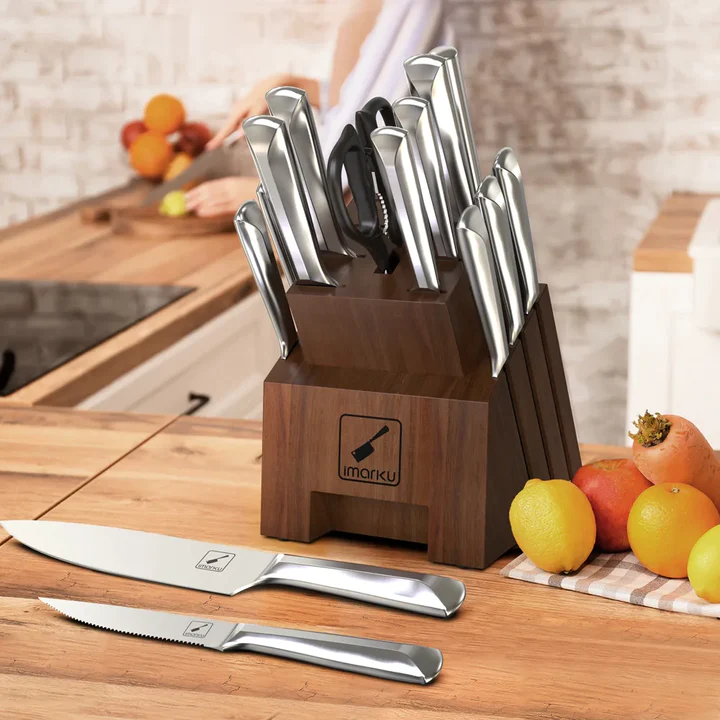
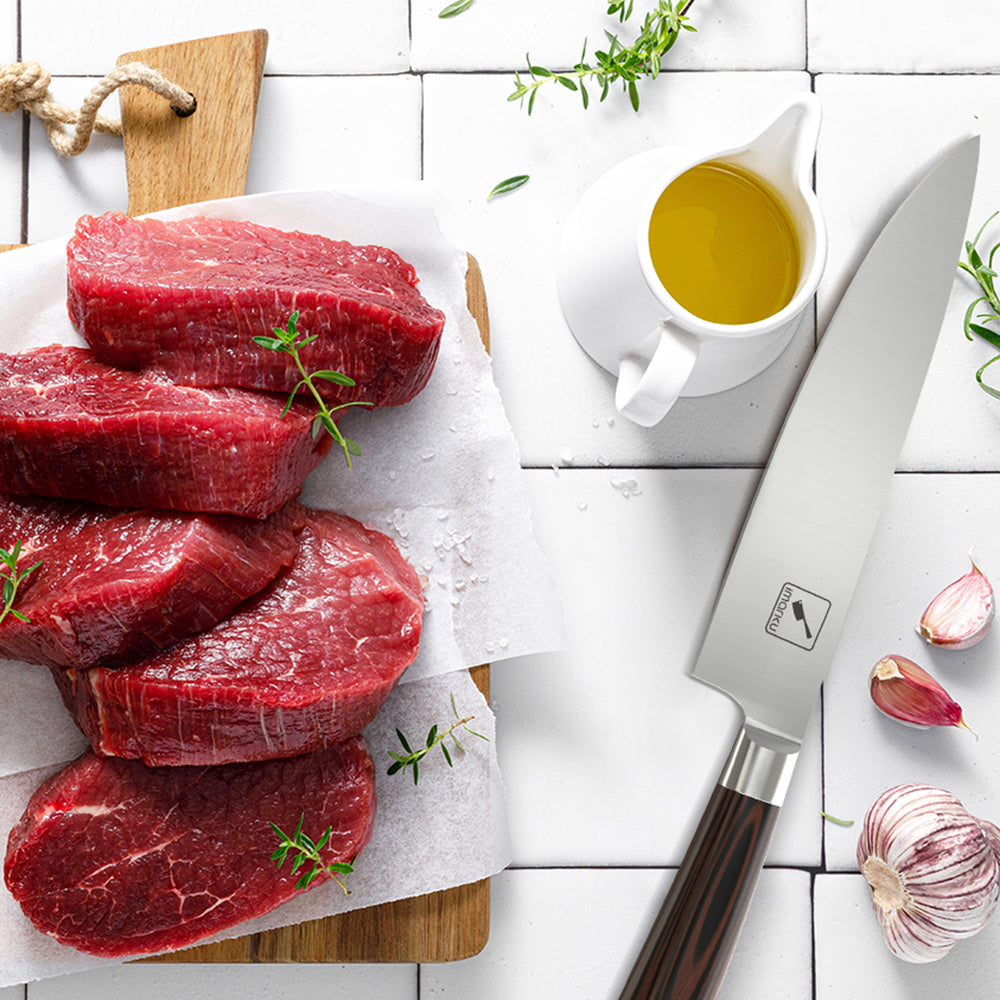
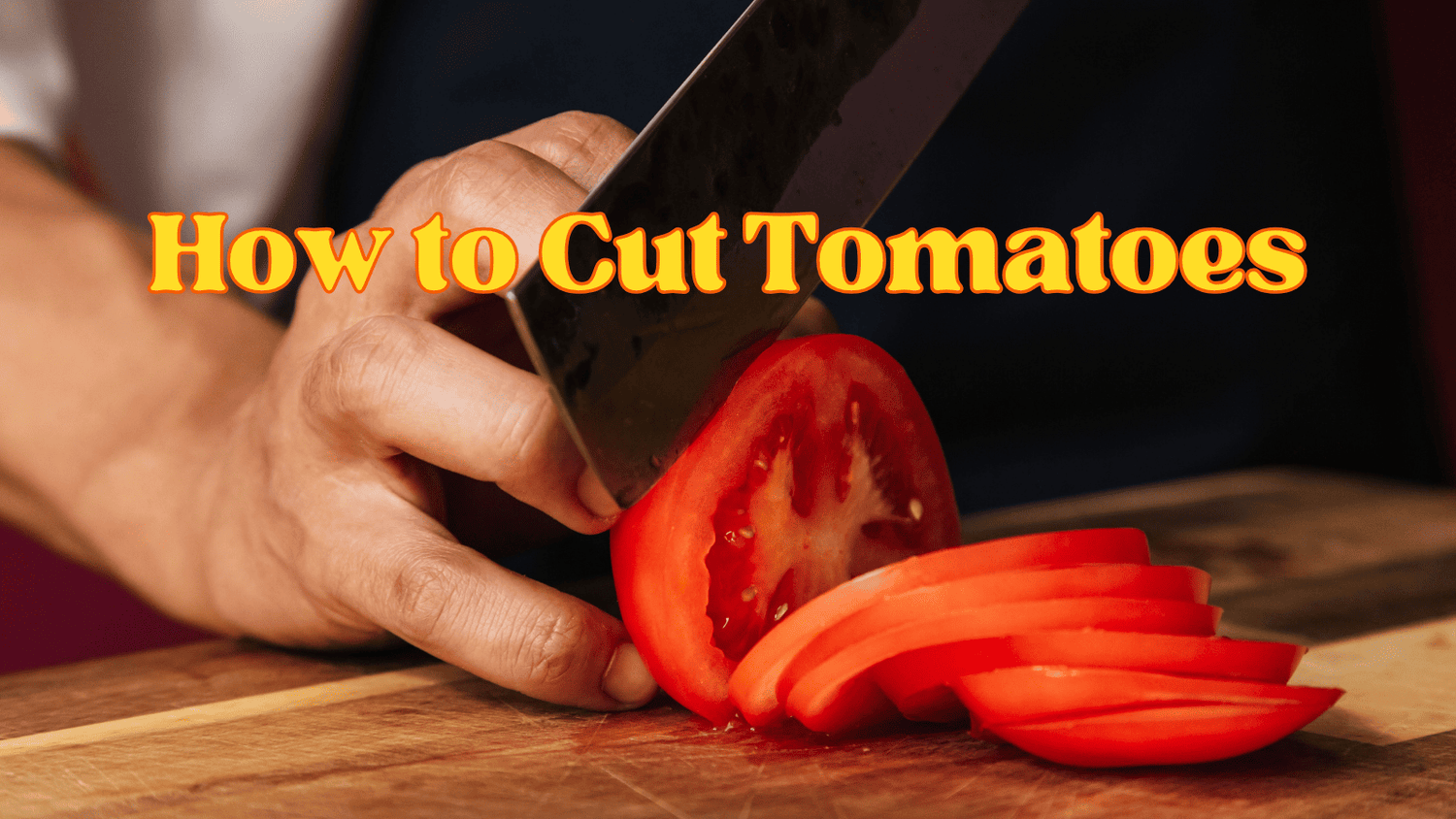








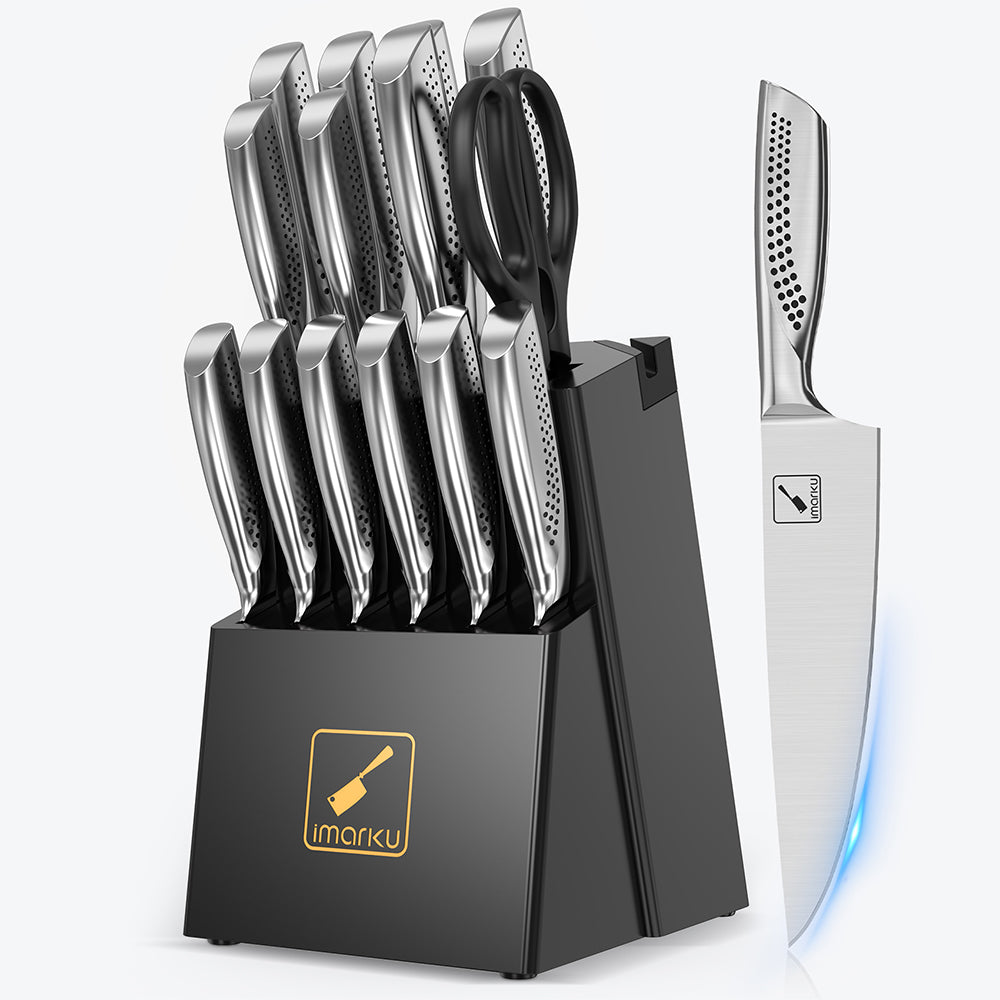

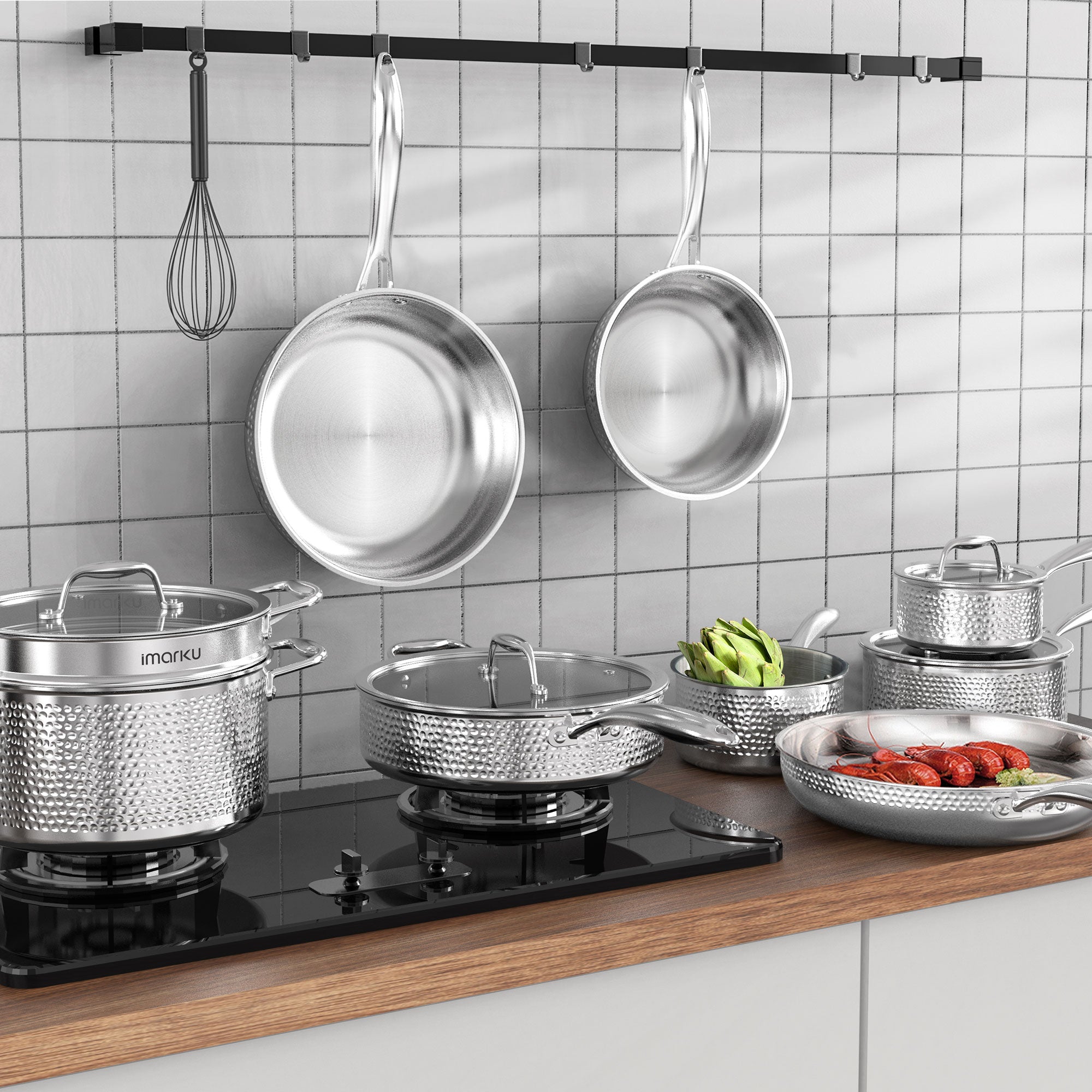
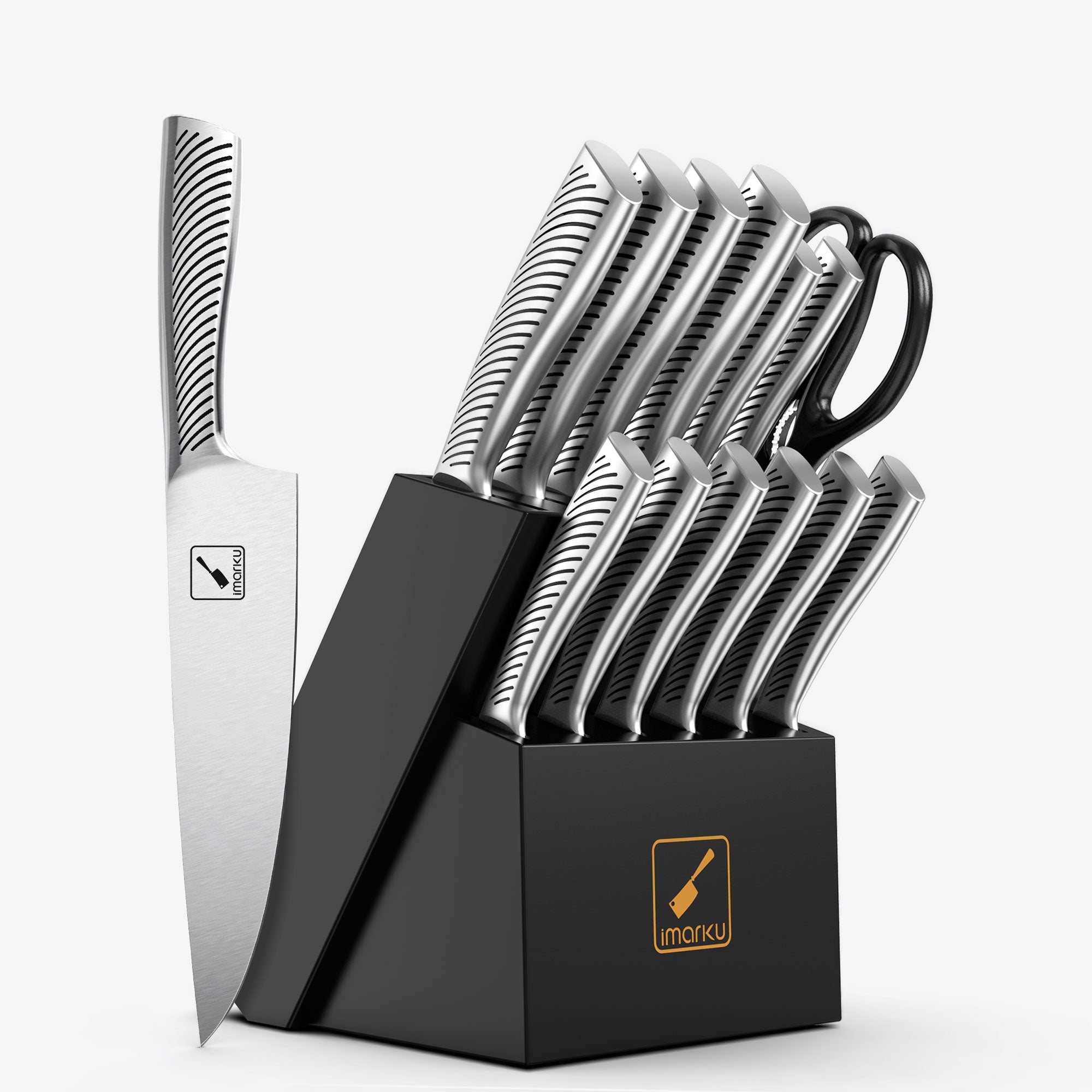
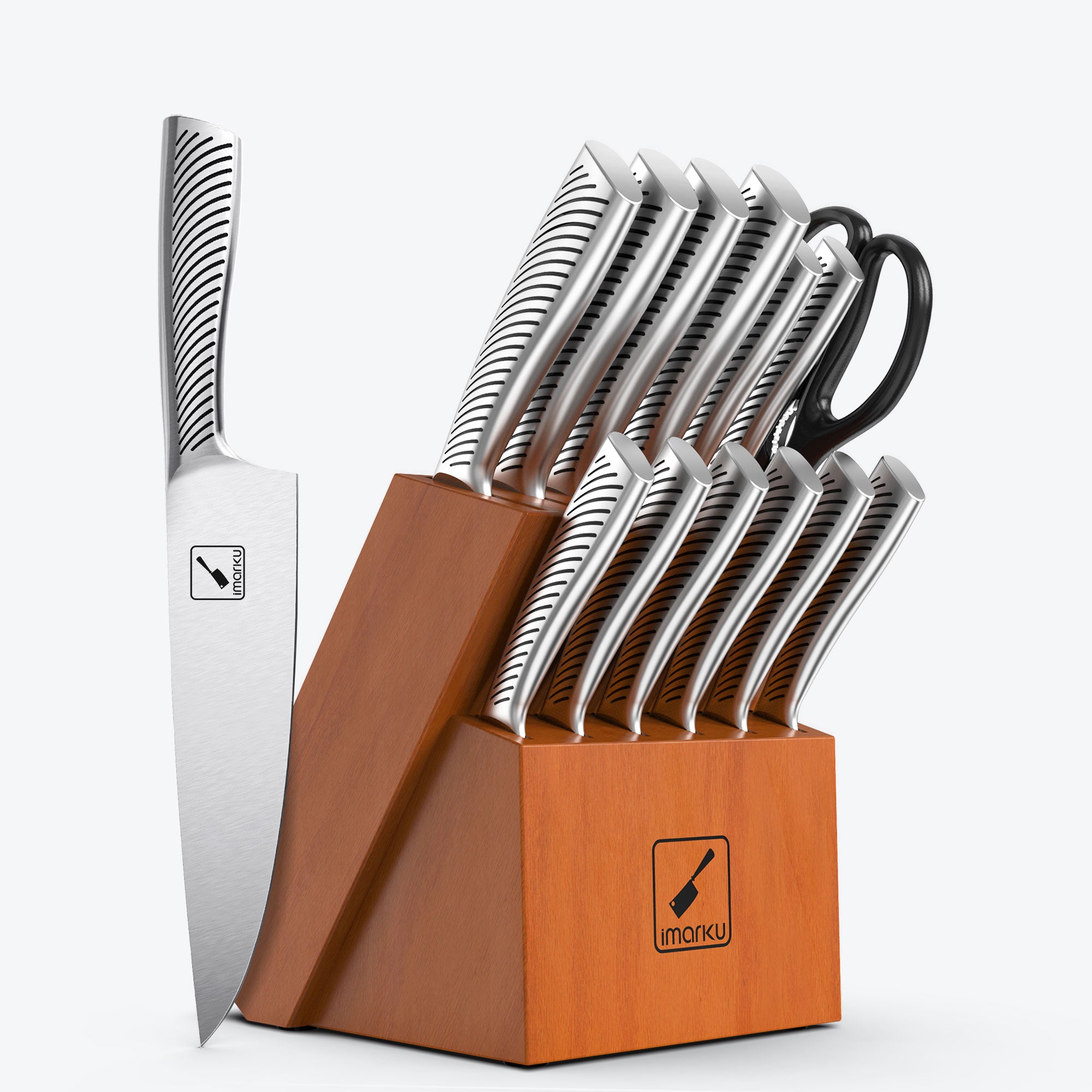
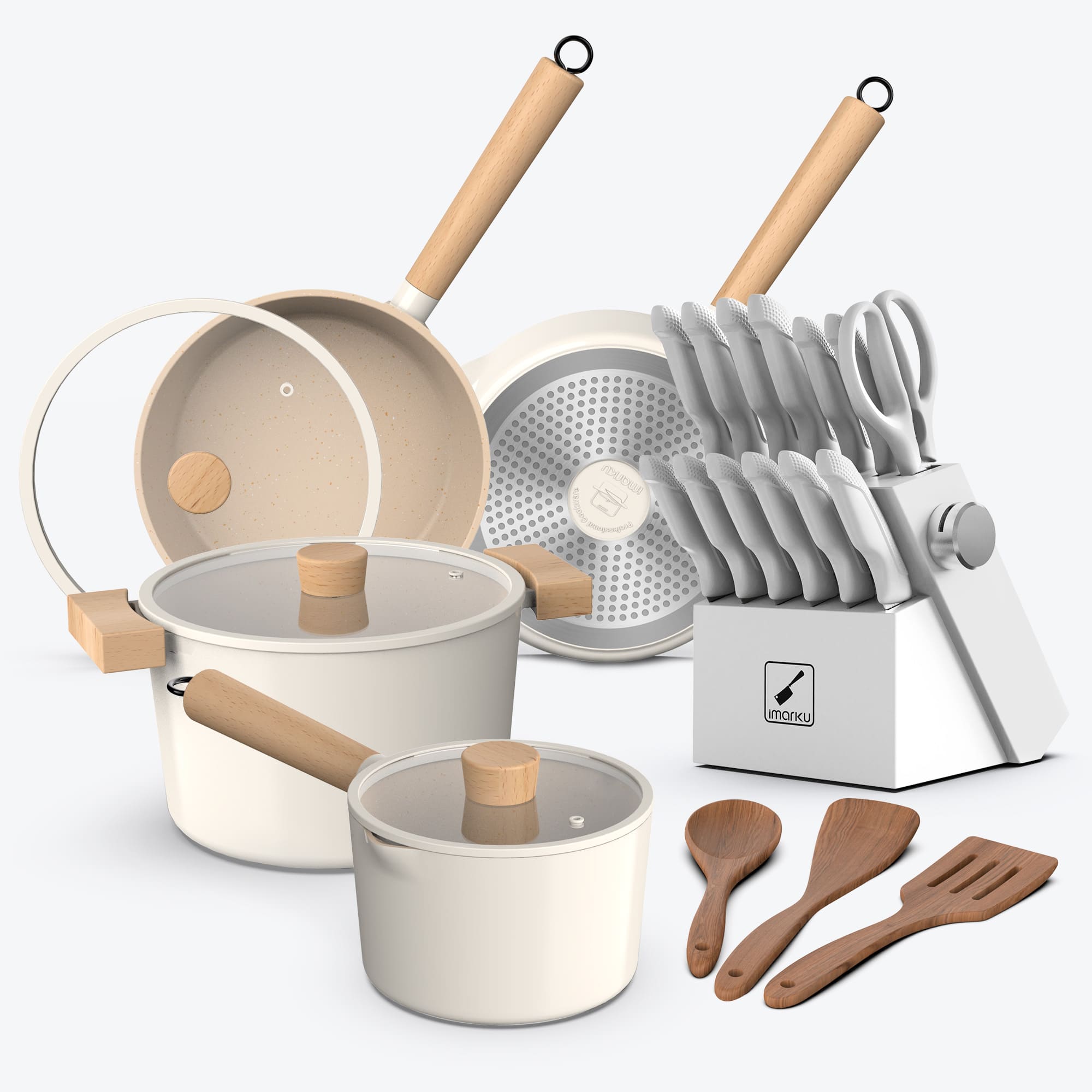

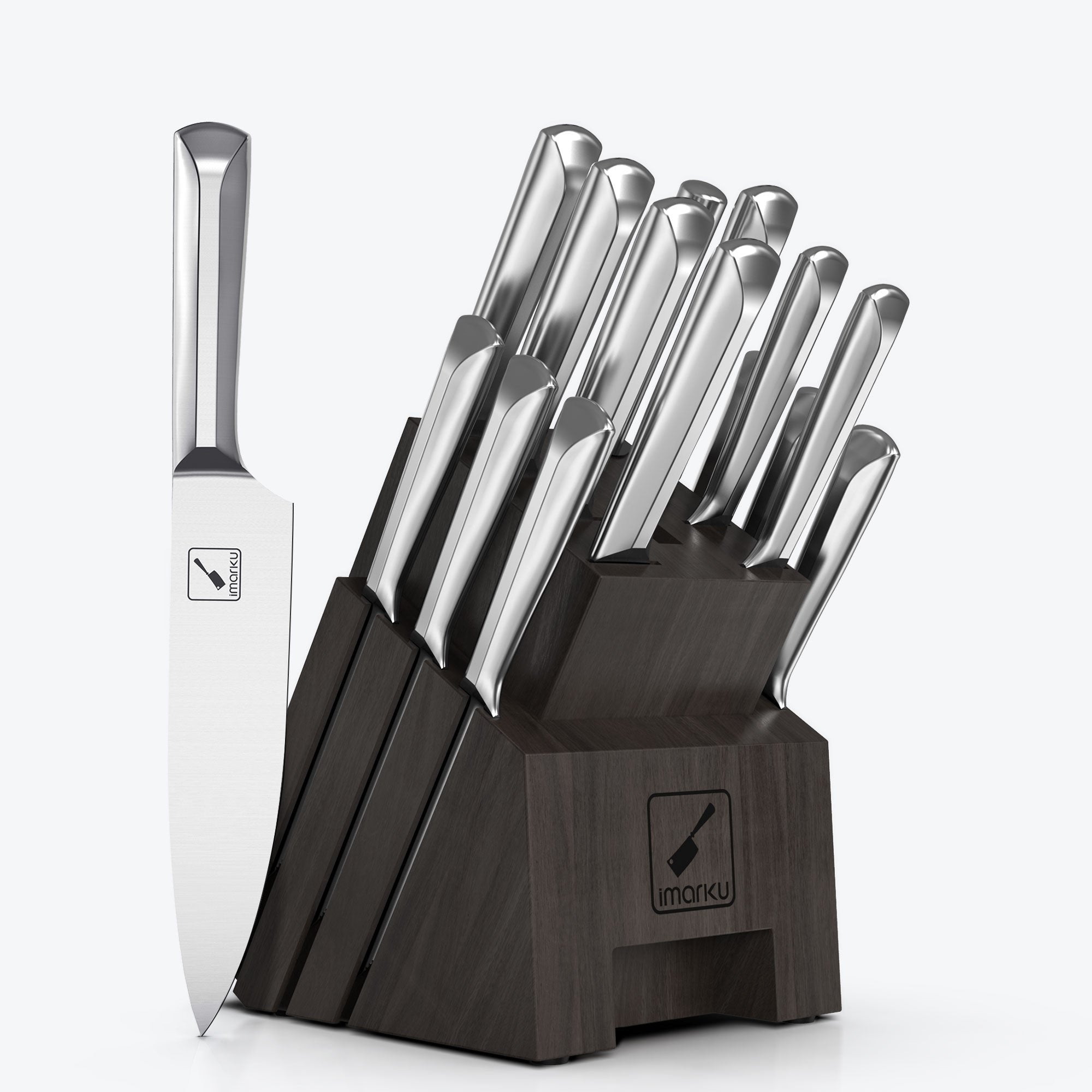
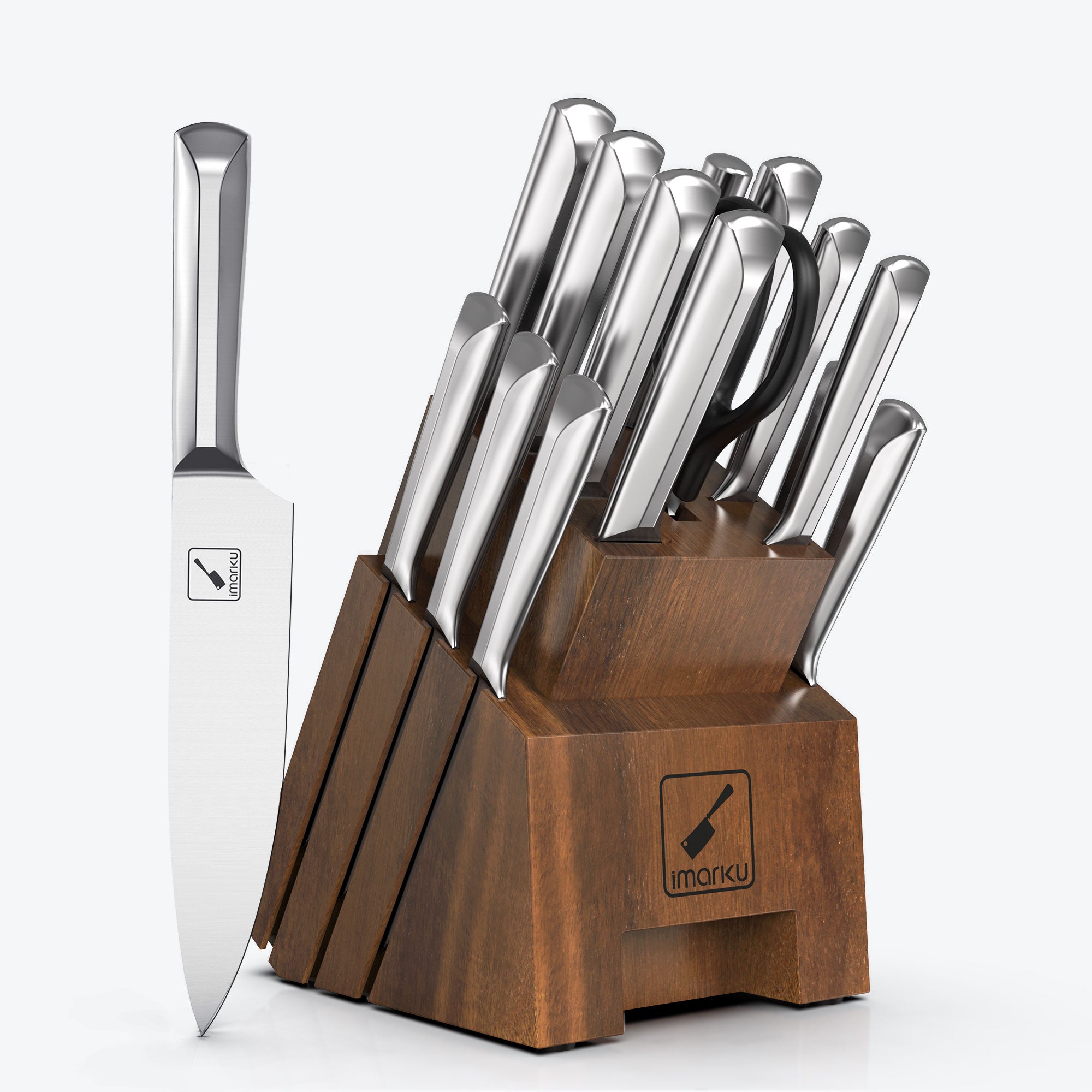
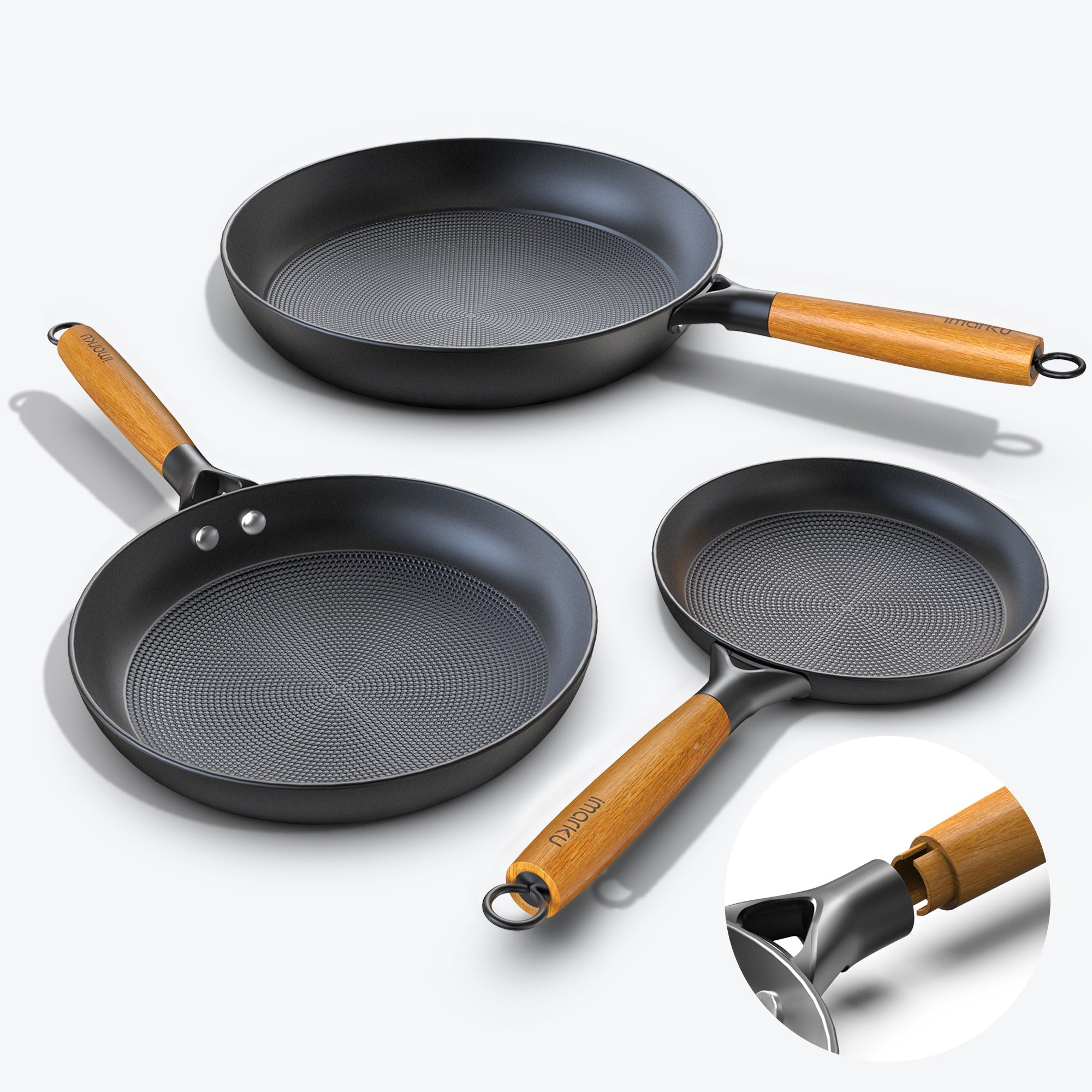

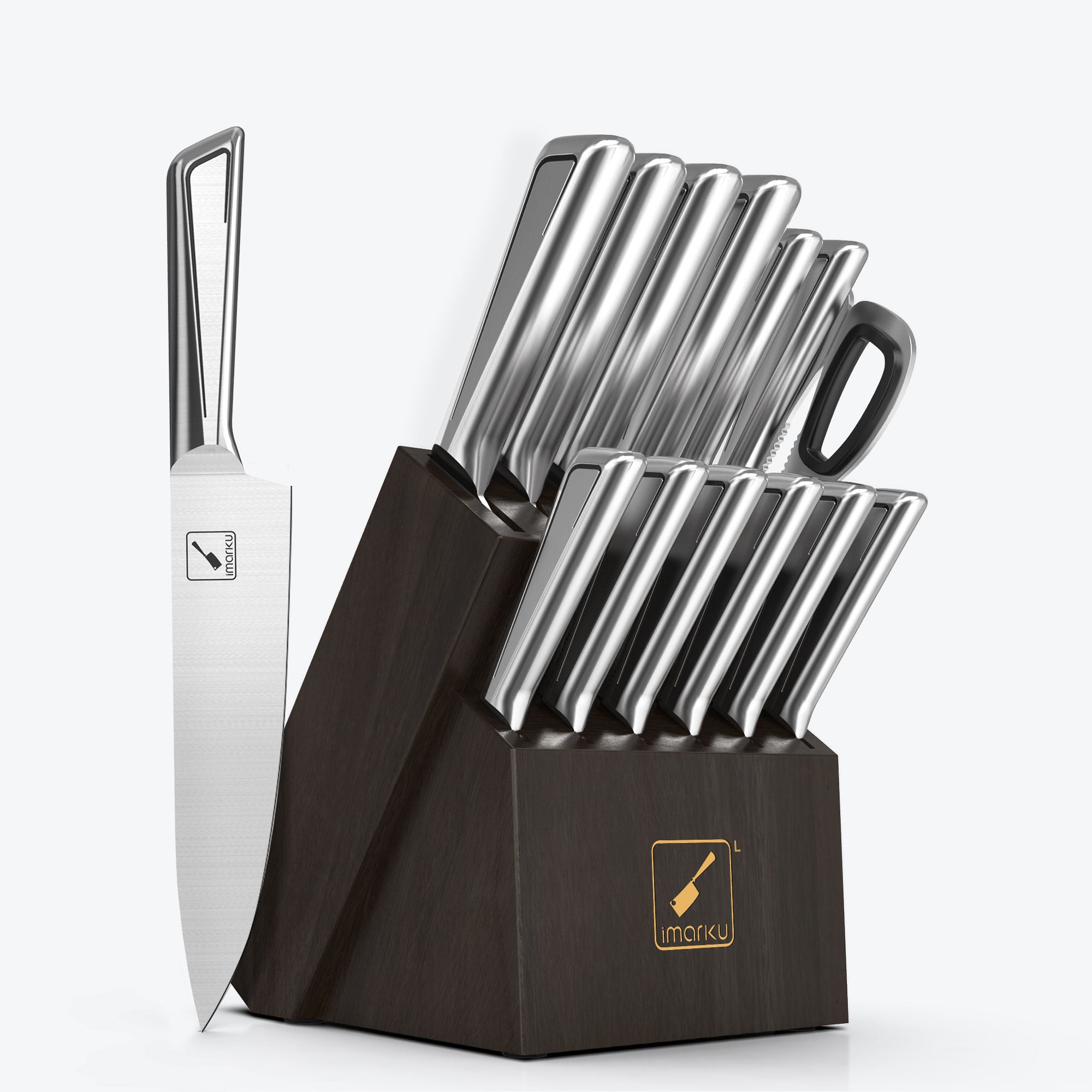
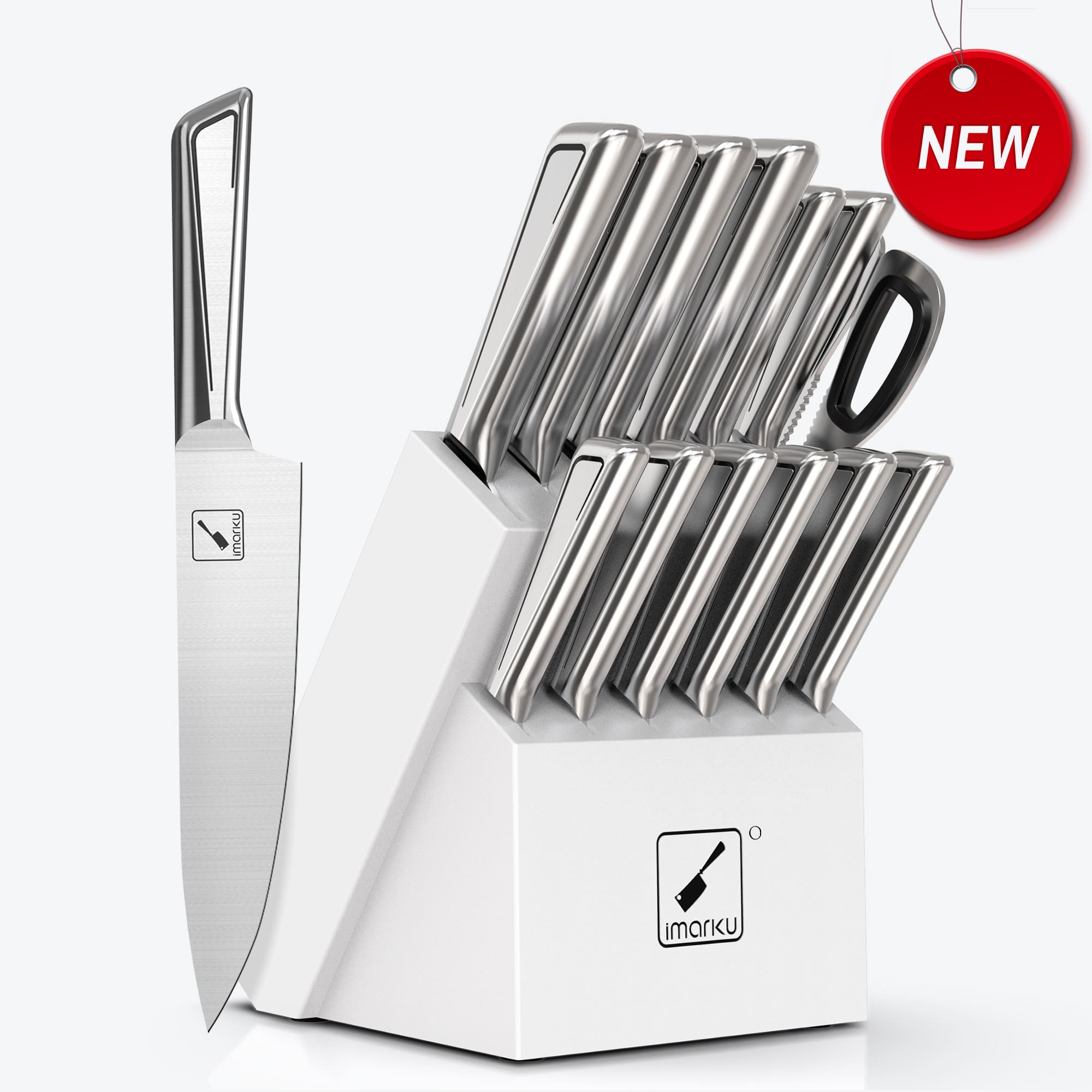
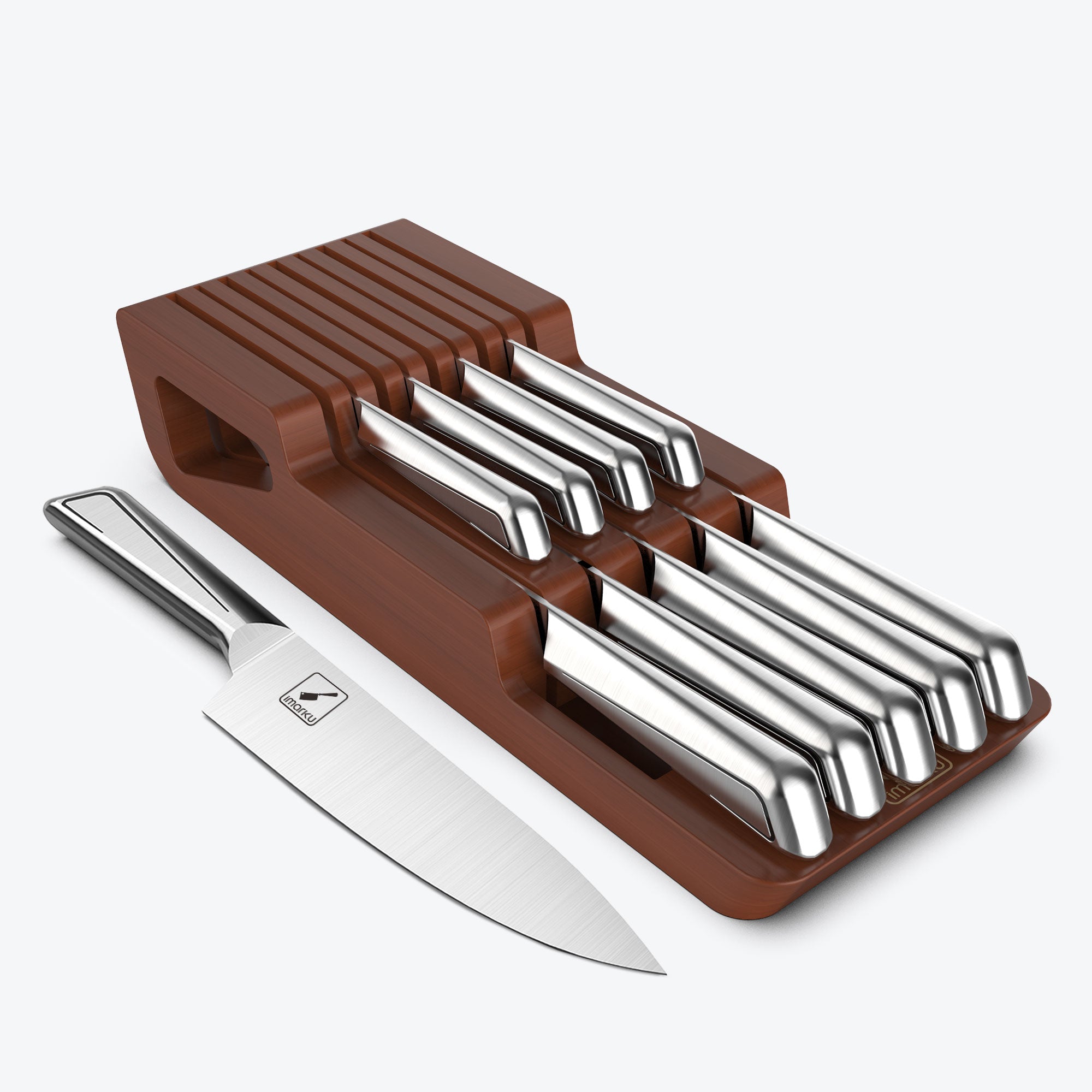

Leave a comment
All comments are moderated before being published.
This site is protected by hCaptcha and the hCaptcha Privacy Policy and Terms of Service apply.